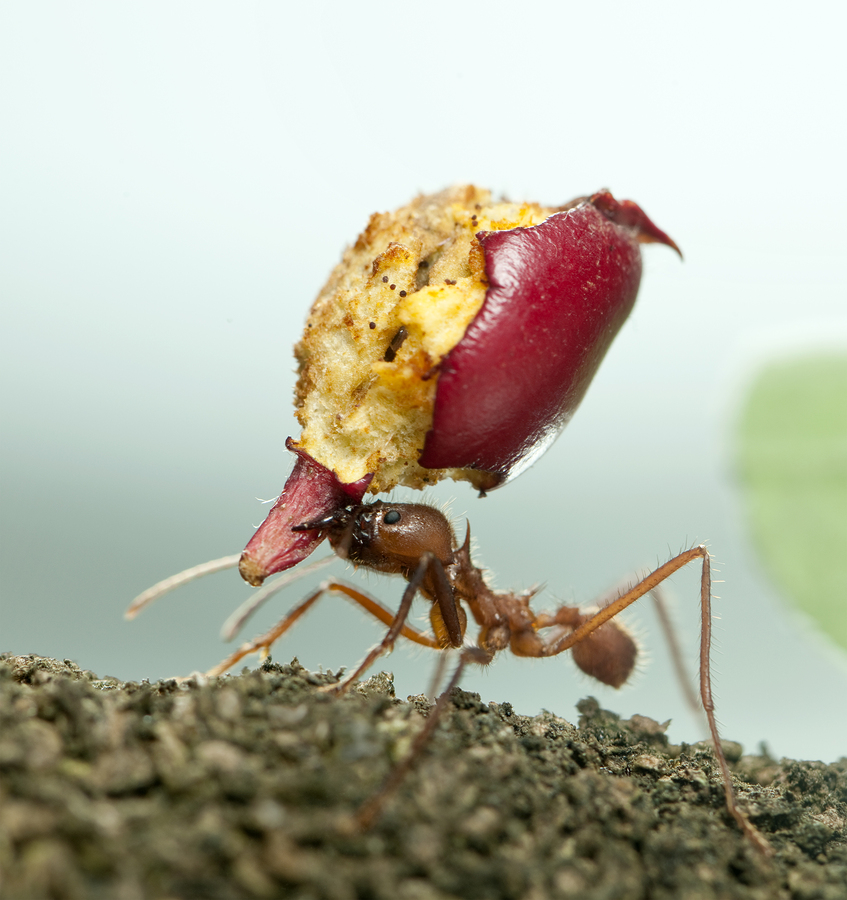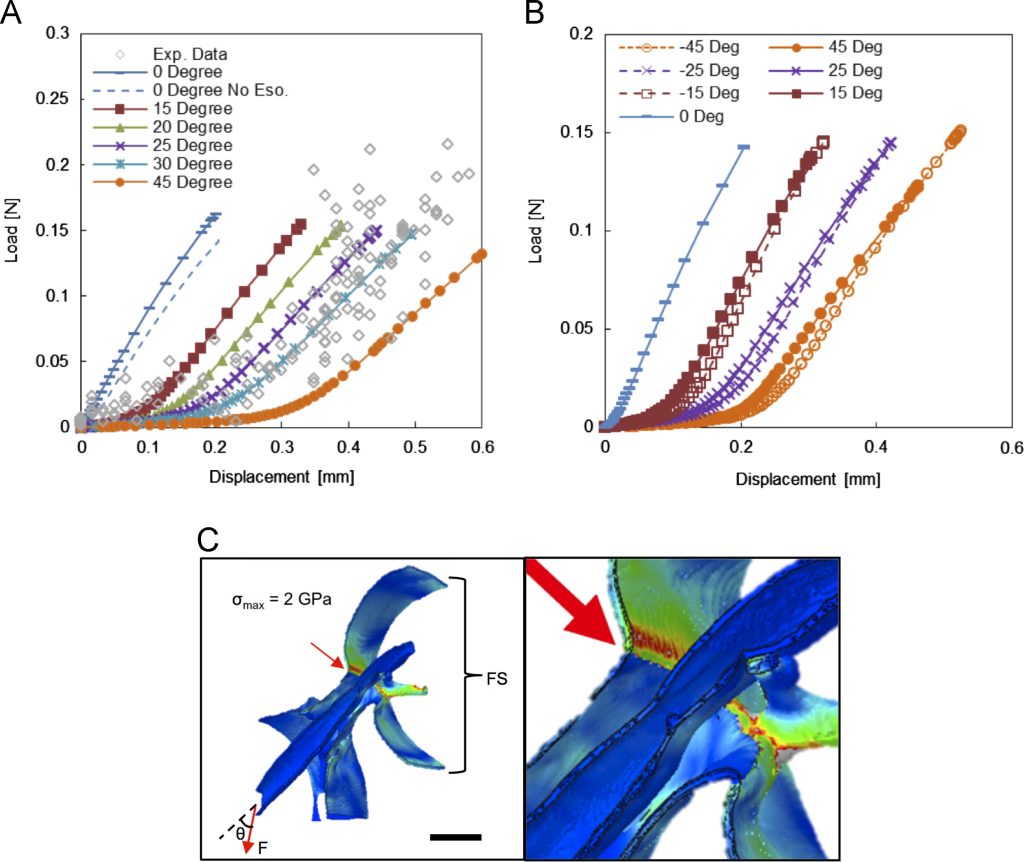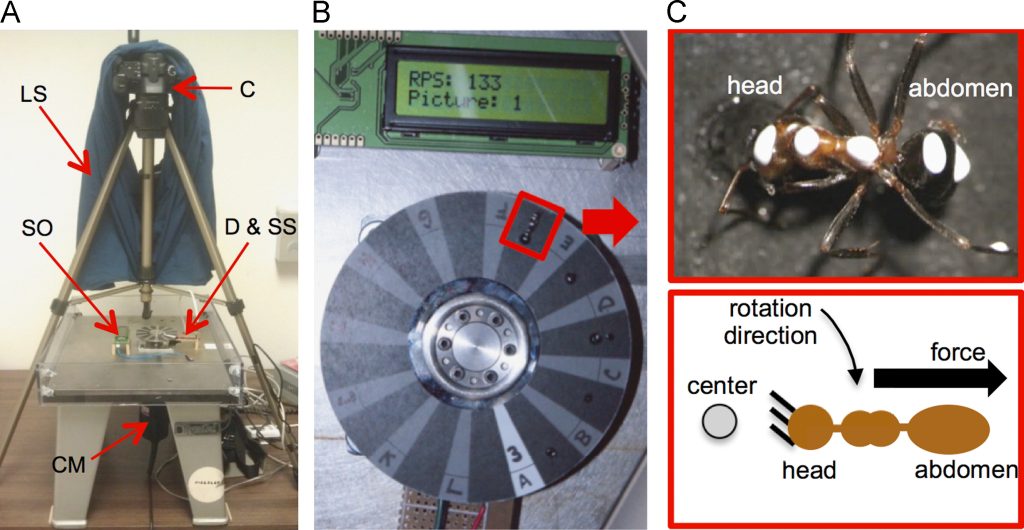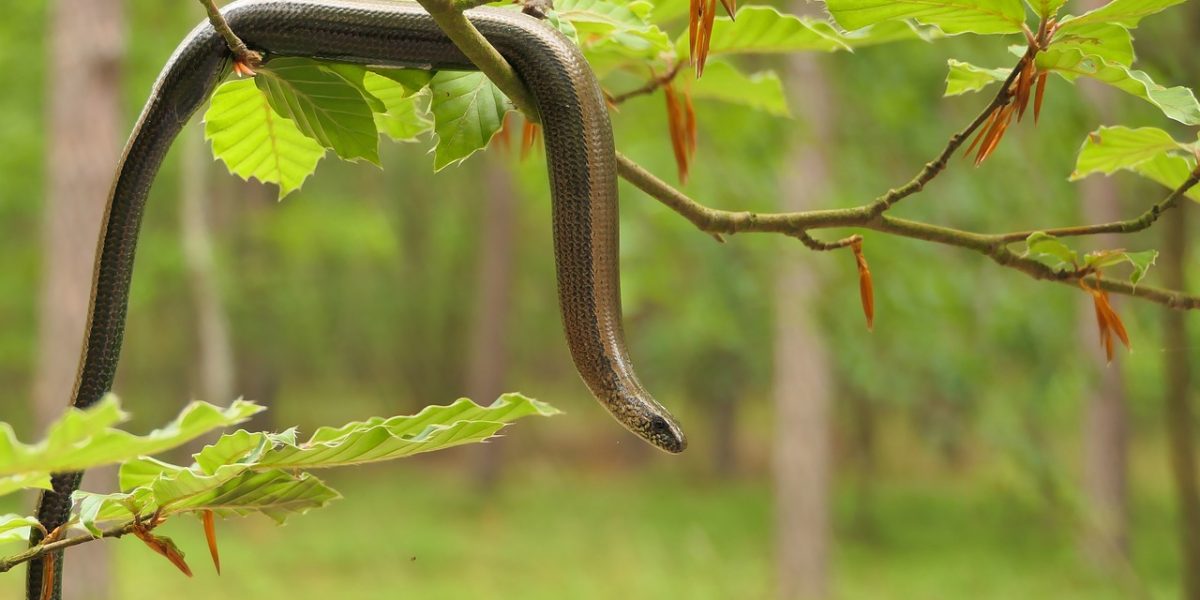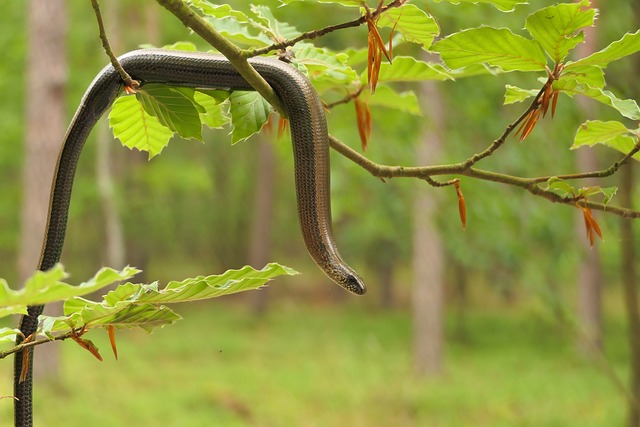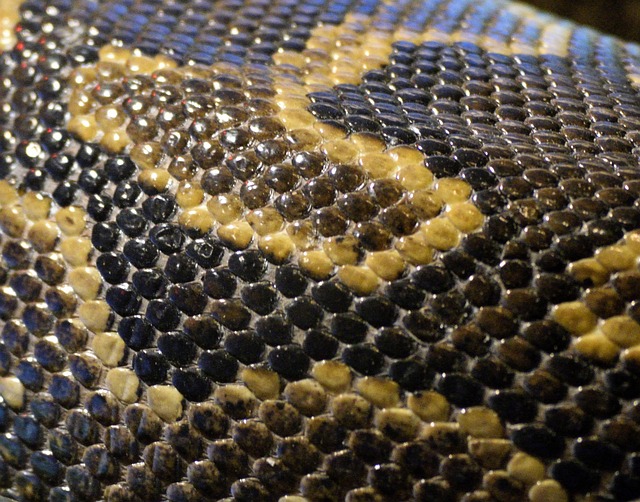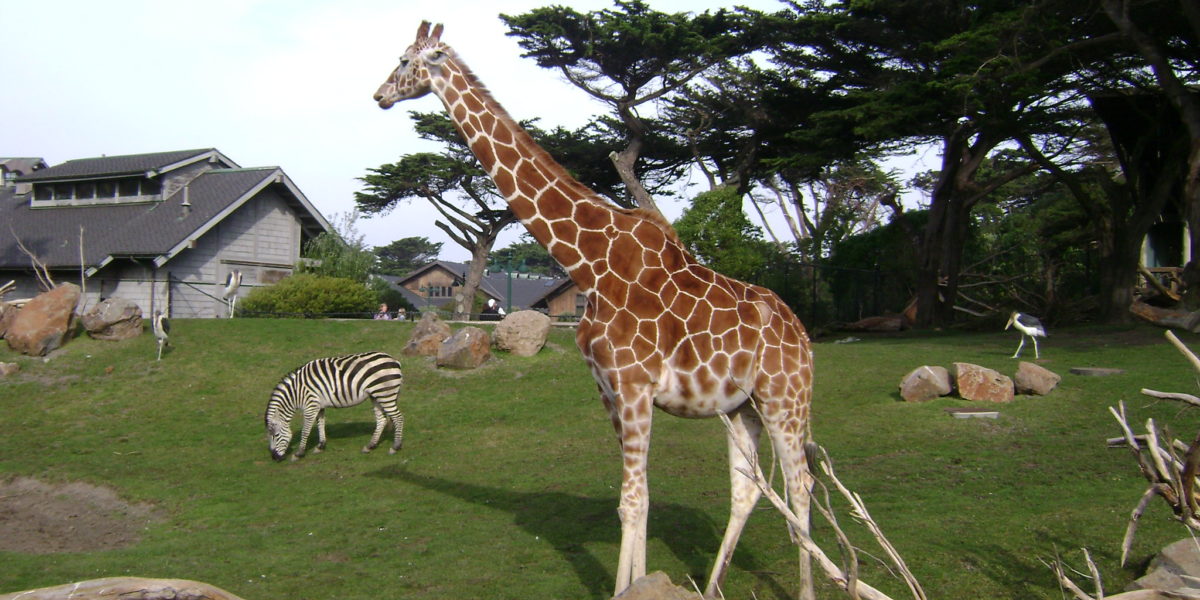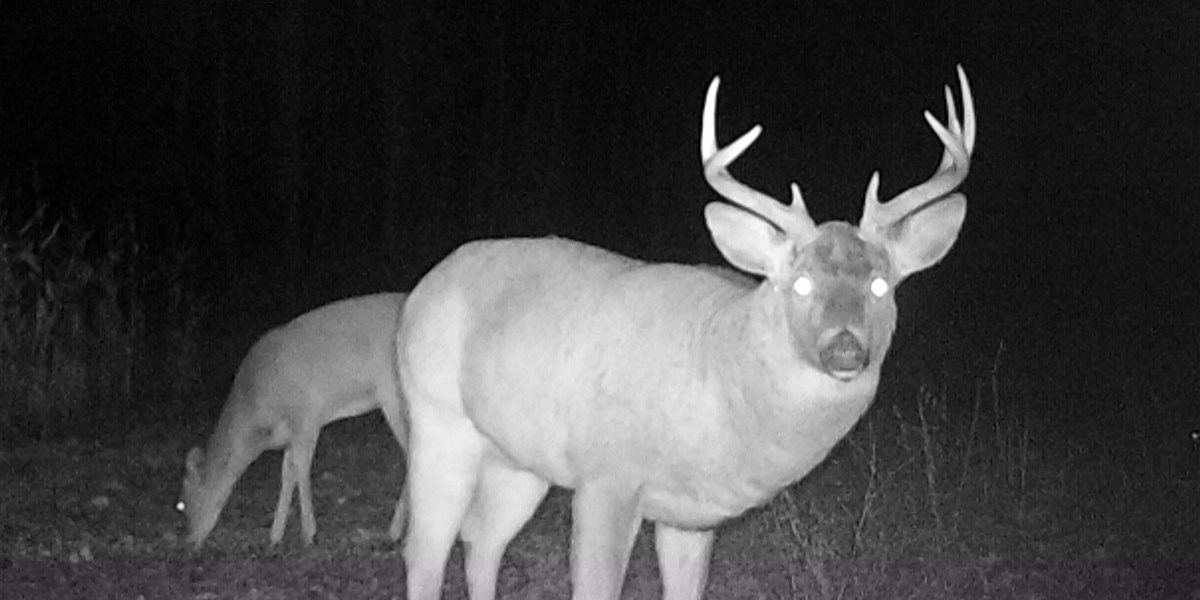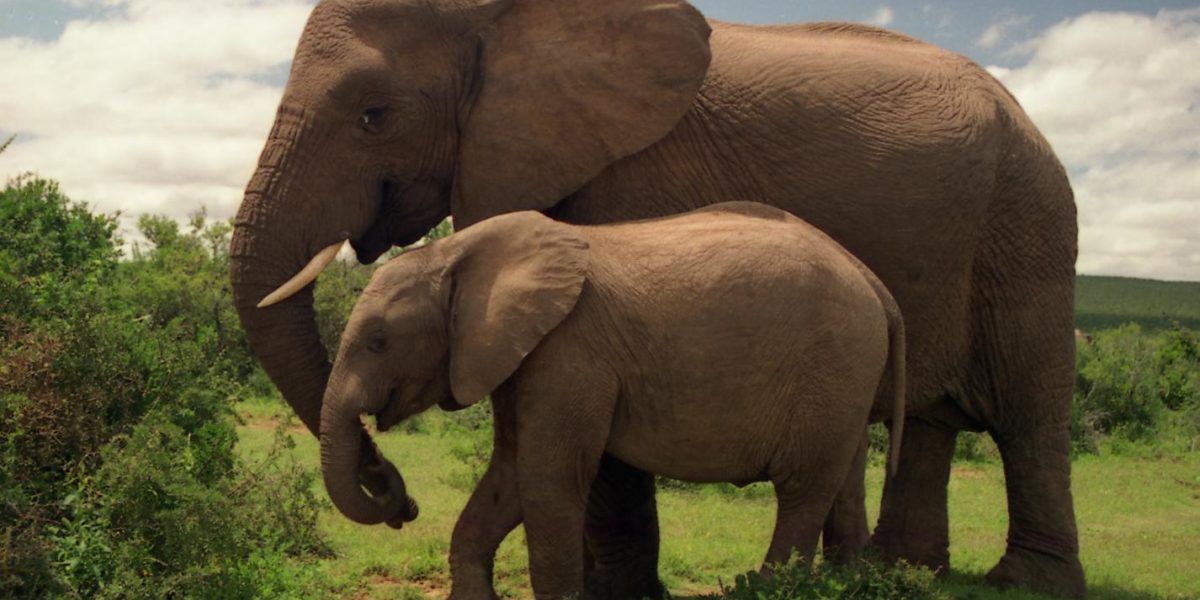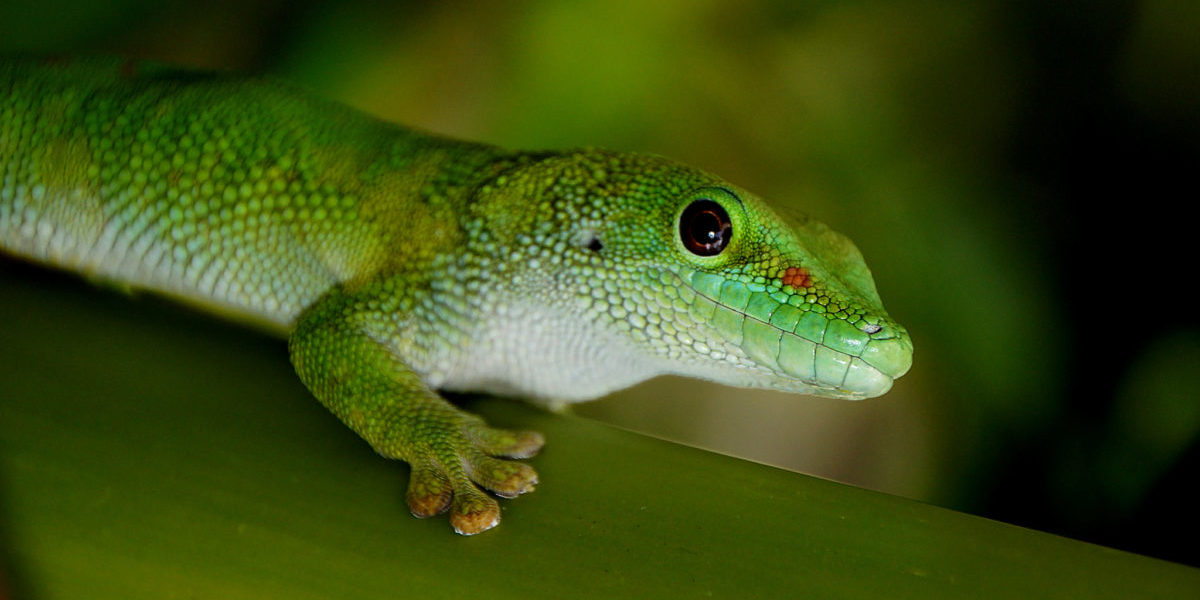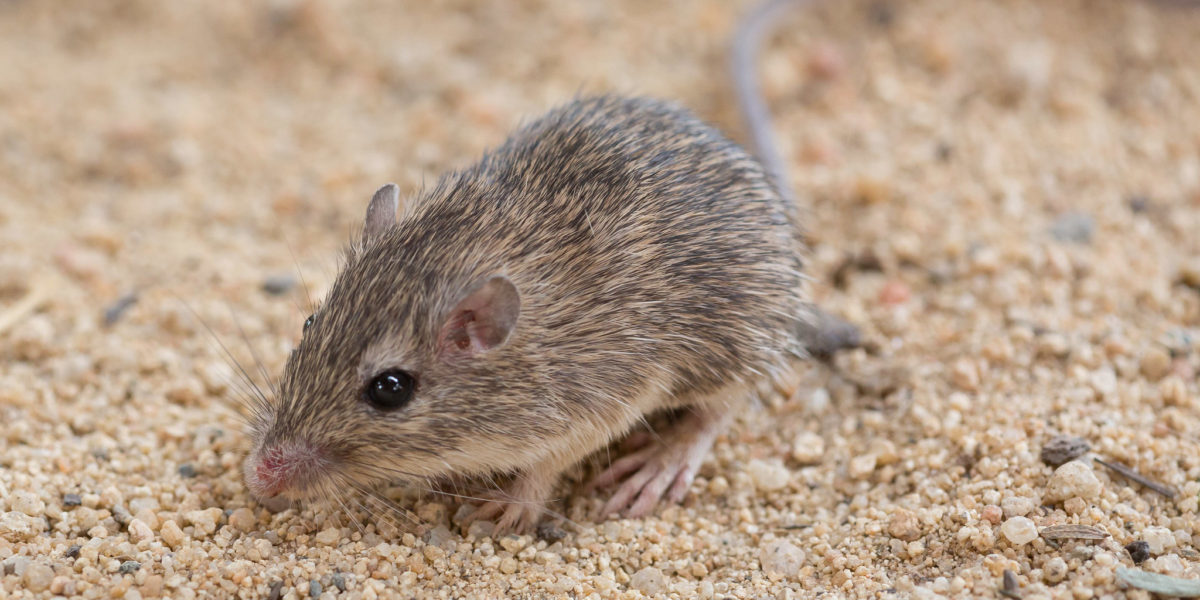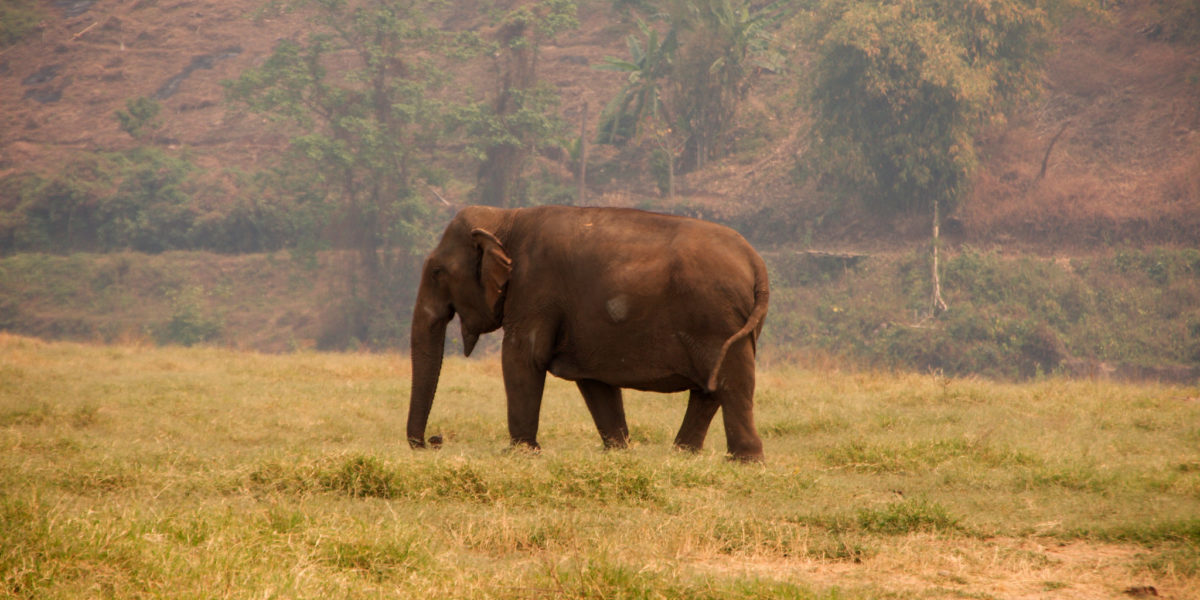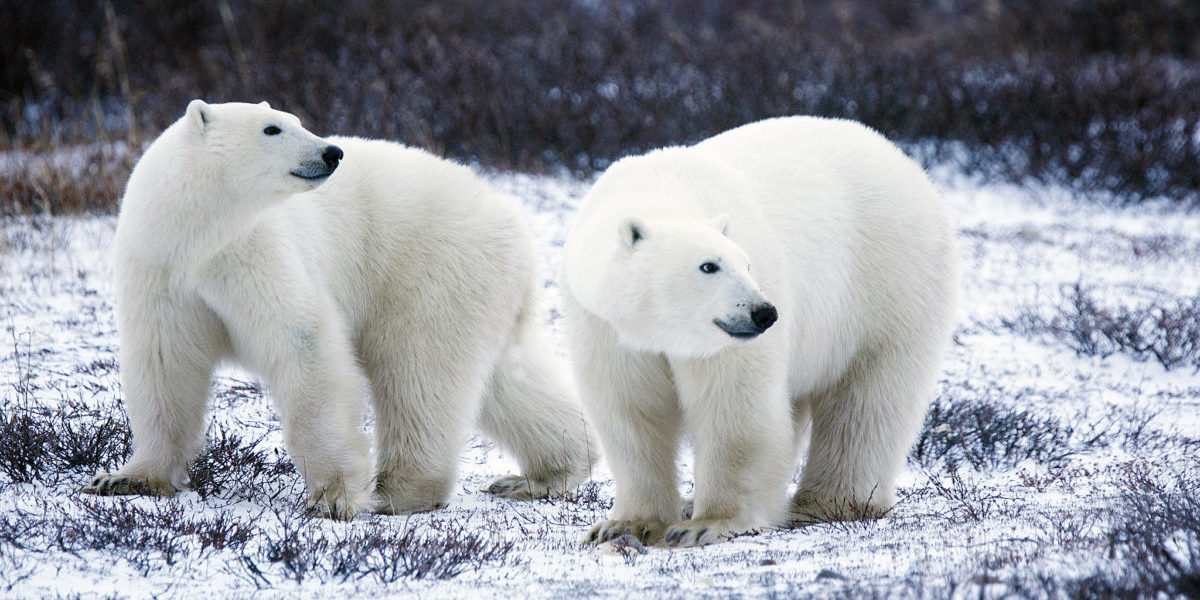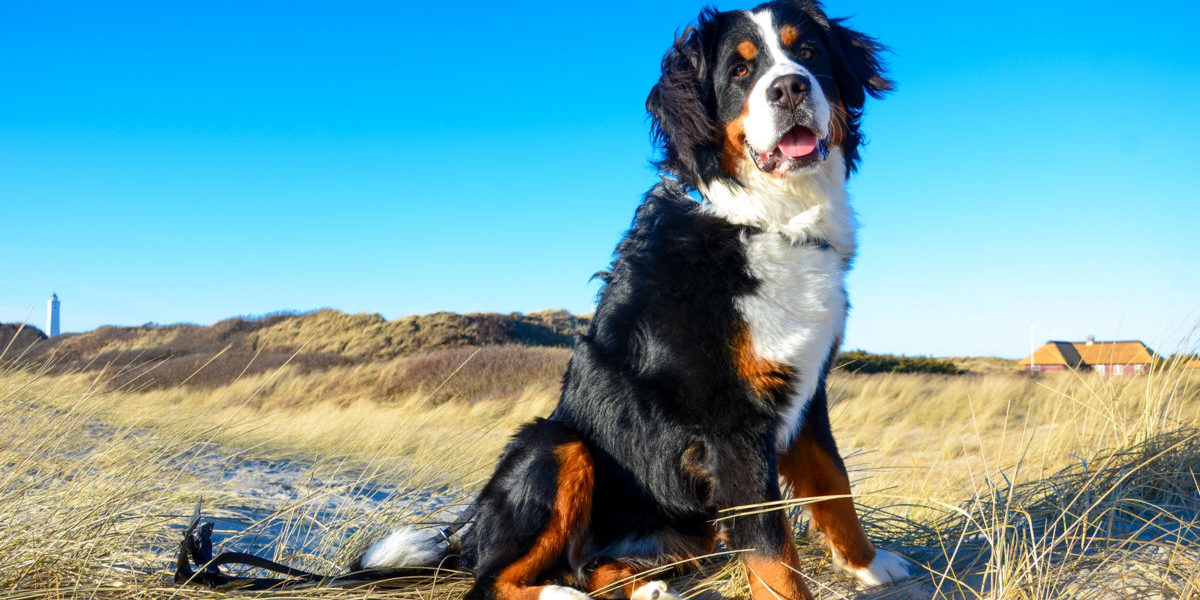Have you ever been in the gym and wished that you could lift more? Maybe the solution is hidden underneath the anthill in your backyard. Ant’s are fascinating creatures with remarkable biomechanical properties. Their complex anatomy lends to one of the anomalies in strength of the natural world.
Ant jaws and neck structure allows them to carry weights well over 5,000 times their own weight. For comparison, that would be a 180 lb. man being able to lift 2 Statues of Libertys stacked on each other with his mouth and neck. This incredible feat of strength has been the study of many biologists, because if able to harness this ratio of power, the world would change.
The strength of ants come from the construction of their neck and mandible movements. The geometry of their bodies have been studied by Anderson, Rivera, and Suarez. Their study focused around the geometries of ant’s bodies, especially around the neck area and their center of mass. As seen below in Figure 1, calculations can be made to find the center of mass with variations on species.
From these equations, scientists can understand the positions, proportions, and masses that the ants need in order to create the center of mass needed to hoist large masses over their heads.
Another approach to understanding how ants can lift weights so much heavier than themselves is understanding the biological construction of their necks. The way that Nguyen, Lilly, and Castro found the geometry of ant necks was by using various computer based techniques such as computed tomography and other forms of modeling based off of mechanical data. An example of a computer model based on mechanical data can be seen below in figure 2.
An example of the mechanical testing that Nguyen, Lilly, and Castro conducted involved creating a custom made centrifuge where ants were attached to the edges of the centrifuge by their jaws. By spinning the centrifuge around, the ants are subject to the centripetal force away from their jaws, imitating the force of an ant pulling something with its jaw. By finding the deformation in the jaw, which is the jaw changing it’s geometry due to force being applied, scientists were able to find the stiffness of the jaw and the resistance to deformation (modulus of elasticity). A visual of the experimental schematic can be seen in figure 3.
If able to harness the mechanical advantage that worker ants possess, the applications would be endless. Ranging from construction, to creating medical devices, and many other industries, being able to lift massive loads with minimal equipment would prove useful for the entire world. An example would be a small forklift being able to lift an aircraft carrier just be proportion of strength to weight that mimics an ant. The ongoing research looks promising, and we can only hope we can mimic the strength of the tiny insects we see everyday.

